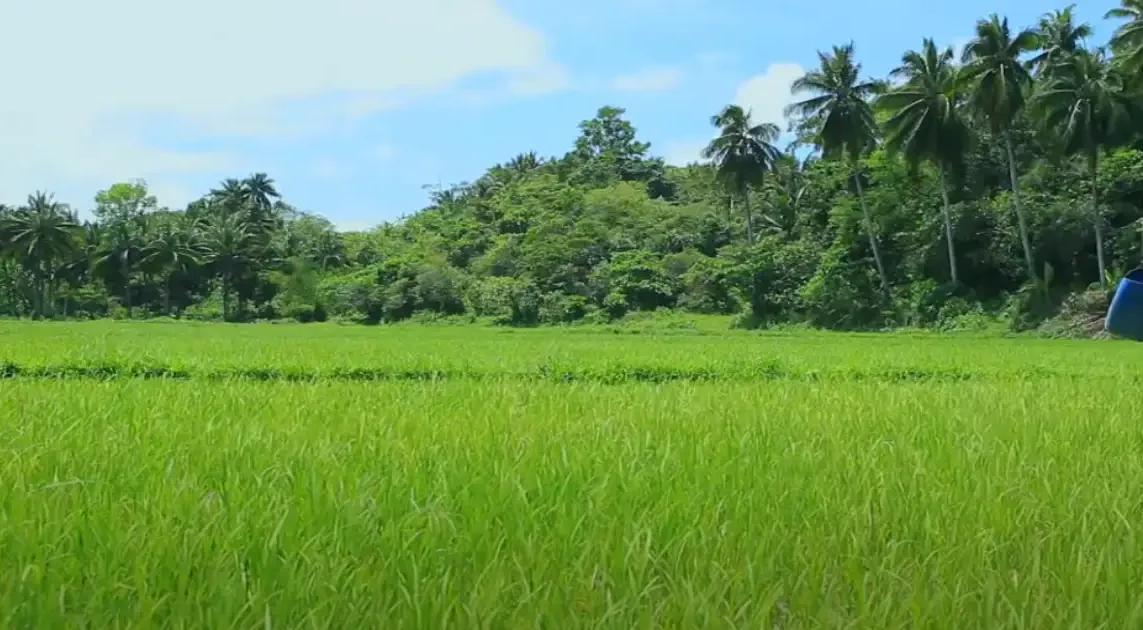The US Division of Agriculture predicted on the finish of final week that Bangladesh’s land use for rice manufacturing farming within the advertising and marketing 12 months (MY) 2023–24, which began in Could, is anticipated to lower.
The USDA predicted that rice manufacturing would cowl 1.18 crore hectares of land, however 1.16 crore (one crore = 10 million) hectares of land could also be used as a substitute because of the monsoon rains arriving later than anticipated and a heatwave throughout the Australian season.
Consequently, it’s anticipated that total milled rice manufacturing output will lower to three.64 crore metric tons, down 1.6% from the unique forecast of three.7 crore metric tons.
In June, rainfall was 16% beneath common, and in July, it was about 51% beneath common. In response to predictions made earlier this month by the Bangladesh Meteorological Division, monsoon rainfall in August is projected to be typical.
In response to the USDA’s most up-to-date Grain and Feed Replace on Bangladesh, the autumn is the results of decrease space and output of rice grown throughout the earlier Aus season and the present Aman season.
The company views boro, a crop grown throughout the dry season that requires irrigation, as the beginning of the advertising and marketing 12 months for rice.
Moreover, it acknowledged that 2 crore metric tons of Boro rice have been produced in MY24, which was planted between December 2022 and January 2023 and harvested between April and Could.
The estimate of the output of Boro rice by the Bangladesh Bureau of Statistics has not but been launched.
The second crop within the marketing year is Australian rice, which is cultivated from March by April and harvested from July by August.
Challenges Confronted within the Australian Season: Rice Manufacturing and Output Lower
In response to the USDA evaluation, which cited projections from the Division of Agricultural Extension (DAE) and agricultural authorities, this 12 months’s Australian rice manufacturing was hindered in a number of elements of the nation by a heatwave and lowered rainfall.
Because of this, the world devoted to Australasian rice rising decreased to 10.5 lakh hectares of land, which is 5% lower than anticipated.
It stated that the output of the crop, which makes up lower than 10% of the annual rice manufacturing, is anticipated to lower by 4% to 24 lakh metric tons. The crop is strongly depending on rainfall.
In response to the paper, well timed and ample rains are essential for the post-monsoon Aman season rice, whose seedlings are cultivated in seedbeds ready in early July and transplanted within the months of August and September.
In response to the US company, the preparation of seedbeds for Aman rice this season was hampered by delayed monsoon rains and a scarcity of rainfall in July.
With a view to flood their grounds and put together them for the transplanting of seedlings, farmers began utilizing supplementary irrigation. Every farmer’s irrigation bills are totally different, however they common Tk 2,000 per acre (0.4 hectares), in keeping with the report.
The USDA has decreased its projection for the MY24 Aman season’s rice output and cultivated space by 3 and 4 %, respectively, to 57.5 lakh hectares of land and 1.40 crore metric tons.
Because of weaker output, the company elevated its prediction of Bangladesh’s rice imports from 900,000 metric tons to 10 lakh metric tons.
The US company predicted that total consumption of grain could barely lower to three.8 crore metric tons in MY24 from its prior projection of three.82 crore metric tons because of the decrease output of rice. Rice is the primary meal consumed in Bangladesh.
The group additionally known as consideration to the issue of farmers’ rising manufacturing bills. In response to the USDA analysis, farmers presently use each chemical and natural fertilizers for the manufacturing of Aman rice, citing its connections. This season, there is no such thing as a lack of chemical fertilizers, it stated.
To accumulate chemical fertilizers, farmers do, nevertheless, spend somewhat bit greater than the federal government fee, in keeping with the USDA’s contacts.
In response to the survey, farmers’ revenues from rice manufacturing farming are declining as enter prices, equivalent to these for seeds, fertilizer, herbicides, and pesticides, rise.
Moreover, rising labor bills have an effect on your entire value of manufacturing rice. Because of latest will increase in gasoline costs, irrigation prices have additionally elevated, it acknowledged.
It stated that utilizing additional irrigation throughout a rice season that’s usually rainfed will increase the price of output.









